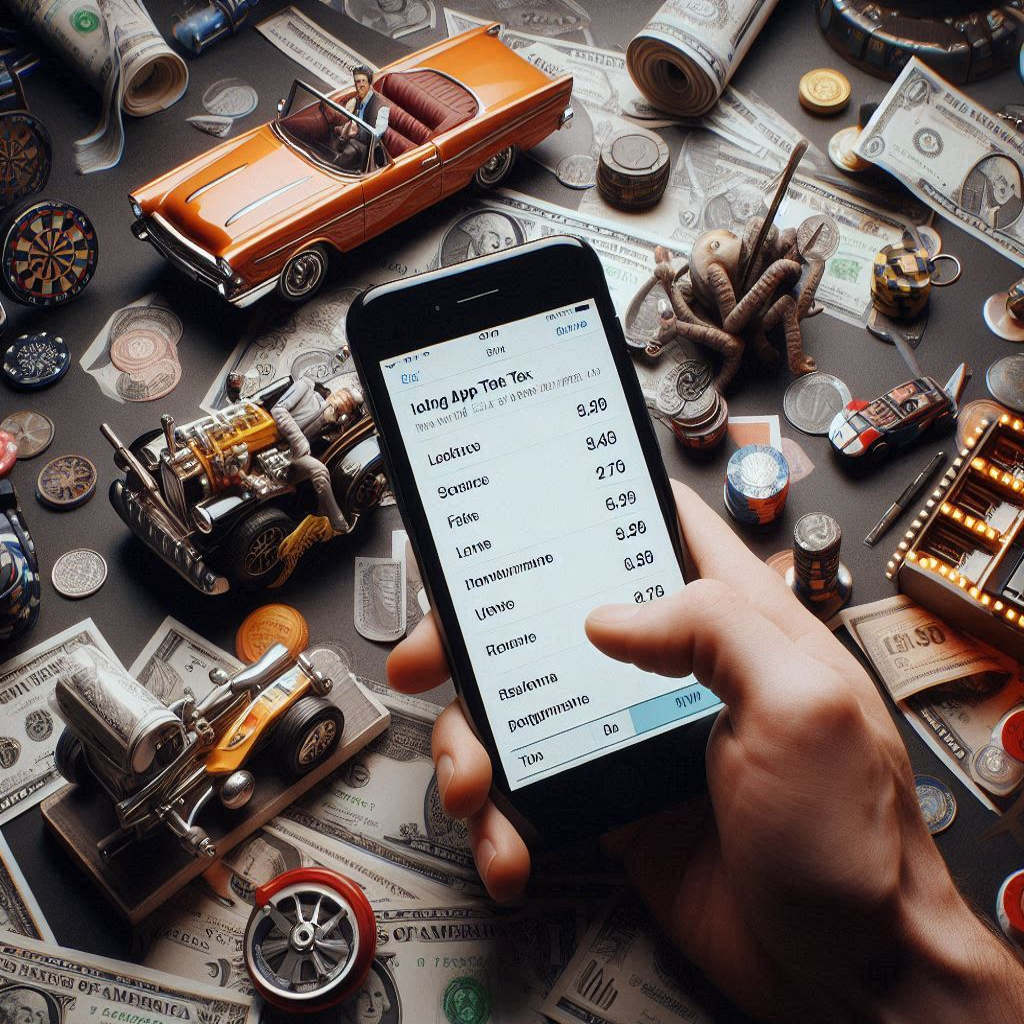In the world of digital art and collectibles, Non-Fungible Tokens (NFTs) have become a hot topic. But why do some NFTs only become available after taking high risks? This article will dive into the exciting yet uncertain realm of NFT drops, focusing on why some creators choose to make people take a leap of faith before minting.
First, let’s understand what “minting” means. To “mint” an NFT is to create it on a blockchain, making it unique and secure. When an NFT drops, it means that it is made available for purchase. However, not all drops are equal. Some NFTs are linked to high-risk plays, where collectors must buy in without knowing if the NFT will gain value or not.
One reason for this is “scarcity.” Scarcity refers to the limited number of NFTs available. When there are fewer NFTs, they can become more valuable. Creators may decide to release their art in a way that creates excitement and urgency, pushing buyers to act quickly, even if it’s risky.
Another term to know is “whitelisting.” This is a process where certain users get access to minting before the general public. Often, being on a whitelist can feel special, but it also means there’s a lot of pressure for those who aren’t on it. They have to decide if they want to take a chance and try to buy the NFT anyway.
Taking risks in the NFT space can lead to big rewards, but it can also lead to losses. High-risk plays attract collectors who are looking for unique pieces that could skyrocket in value. However, not every NFT will be a success, and many collectors could end up disappointed. It all comes down to the balance of risk and reward.
In conclusion, the high-stakes world of NFTs is thrilling and unpredictable. Minting some NFTs only after high-risk plays adds a layer of excitement but also uncertainty. As we see more creators experimenting with different strategies, it’s crucial for collectors to understand the risks involved before diving in. After all, in the world of NFTs, fortune favors the bold!
Understanding NFTs
Non-Fungible Tokens, or NFTs, are unique digital items stored on a blockchain. Unlike cryptocurrencies like Bitcoin, which are fungible and can be exchanged for one another, NFTs represent ownership of a specific item, artwork, or piece of content. Think of an NFT as a digital certificate of authenticity.
What Are High-Risk Plays?
High-risk plays in the context of NFTs involve strategies or actions that could lead to significant gains or losses. Investors might buy NFTs that are new and less proven, hoping their value will soar. This is similar to betting on a horse in a race without knowing much about its history.
Why Do Some NFTs Drop After High-Risk Plays?
Some NFTs are released after high-risk moves for several reasons:
- Market Speculation: Speculators believe the value will increase over time based on demand.
- Scarcity: To create excitement, only a limited number of NFTs are minted, making them seem more valuable.
- Community Engagement: Developers and creators often engage with their community, encouraging members to take risks.
Risks Involved with NFTs
Just like in any investment or collectible market, there are risks associated with NFTs:
- Volatility: The price of NFTs can change rapidly, leading to potential losses.
- Scams: There are many dishonest sellers in the NFT space, making it crucial to research before purchasing.
- Illiquidity: Some NFTs may be hard to sell once purchased, leaving investors stuck.
Mint NFT Bumpkin for fee for your land
Real-World Examples
In a recent article, an expert noted:
“Investors must be aware that while buying rare NFTs could lead to substantial profits, it’s also fraught with danger.”
This highlights the balance between risk and potential reward in the NFT space.
Strategies for Success in NFTs
To navigate the challenging waters of NFT investing, consider these strategies:
- Do Your Research: Before buying an NFT, look into the creator’s reputation and the community surrounding the project.
- Diversify Your Portfolio: Just like with stocks, don’t put all your money into one NFT. Spread it out to minimize risks.
- Understand Market Trends: Follow trends and be aware of what kinds of NFTs are gaining popularity.
Quotes from Experts
Another expert has said:
“The NFT space is like the Wild West. If you’re not careful, you could lose everything.”
Potential Solutions to NFT Problems
As we delve deeper into the world of NFTs, several solutions can help mitigate risks:
| Market Volatility | Invest in well-established projects and avoid impulsive buying. |
| Scams | Purchase only from reputable marketplaces and verify authenticity. |
| Illiquidity | Consider NFTs that have secondary markets and are likely to sell over time. |
By being aware of these risks and implementing smart strategies, individuals can engage in the world of NFTs with more confidence.
The Future of NFTs
The future of NFTs remains uncertain but full of potential. As technology evolves, so too does the marketplace for digital assets. Whether you’re a creator or an investor, staying informed will be essential for success in this high-risk environment.
What does “Mint If You Dare” mean in the context of NFTs?
“Mint If You Dare” refers to the notion that some NFTs become available for minting only after participants engage in high-risk activities, such as trading volatile assets or participating in challenging blockchain games. This concept adds an element of thrill and community engagement among collectors.
Why would an NFT project require high-risk plays before a mint?
Requiring high-risk plays before minting can generate buzz and exclusivity around an NFT. It engages the community, ensuring that only the most dedicated participants can access the NFTs. This strategy can also help in creating a sense of accomplishment among those who successfully navigate the challenges.
What types of high-risk plays are common in these NFT drops?
High-risk plays can include betting on market fluctuations, participating in competitive gaming, or staking tokens in uncertain crypto environments. These activities can serve as a barrier to entry, making the NFT more desirable due to its association with skill or luck.
Are there any risks involved in engaging with such NFT projects?
Yes, engaging with NFT projects that require high-risk activities can lead to financial loss, especially if participants invest in volatile markets without fully understanding them. It’s crucial to approach these opportunities with caution and awareness of the potential for loss.
How can I evaluate whether an NFT project is worth the risk?
To evaluate an NFT project, consider looking into the team behind the project, its community engagement, prior successful launches, and the project’s long-term vision. Additionally, understanding the high-risk play mechanics involved can provide insights into whether the risks are justified.
Do these types of NFT drops impact the overall market?
Yes, these NFT drops can significantly impact the market by increasing interest in high-risk plays and drawing more participants into the crypto space. They can also influence trends in NFT valuation and trading behavior.
What should I do if I’m interested in participating but hesitant about the risks?
If you’re interested but hesitant, start by educating yourself about the specific risks involved and consider participating at a lower level. Engage in discussions within the community and seek advice from experienced members before fully committing.
Can engaging in high-risk plays lead to rewards beyond just the NFTs themselves?
Absolutely. Success in high-risk plays can lead to rewards such as increased recognition within the community, potential financial gains from trading, and access to exclusive experiences or educational resources provided by the project team.
Is there a difference between high-risk minting and traditional minting?
Yes, high-risk minting involves additional layers of strategy and uncertainty compared to traditional minting, which usually relies on a straightforward purchase process. This added complexity can attract a different audience, looking for both excitement and potential reward.




